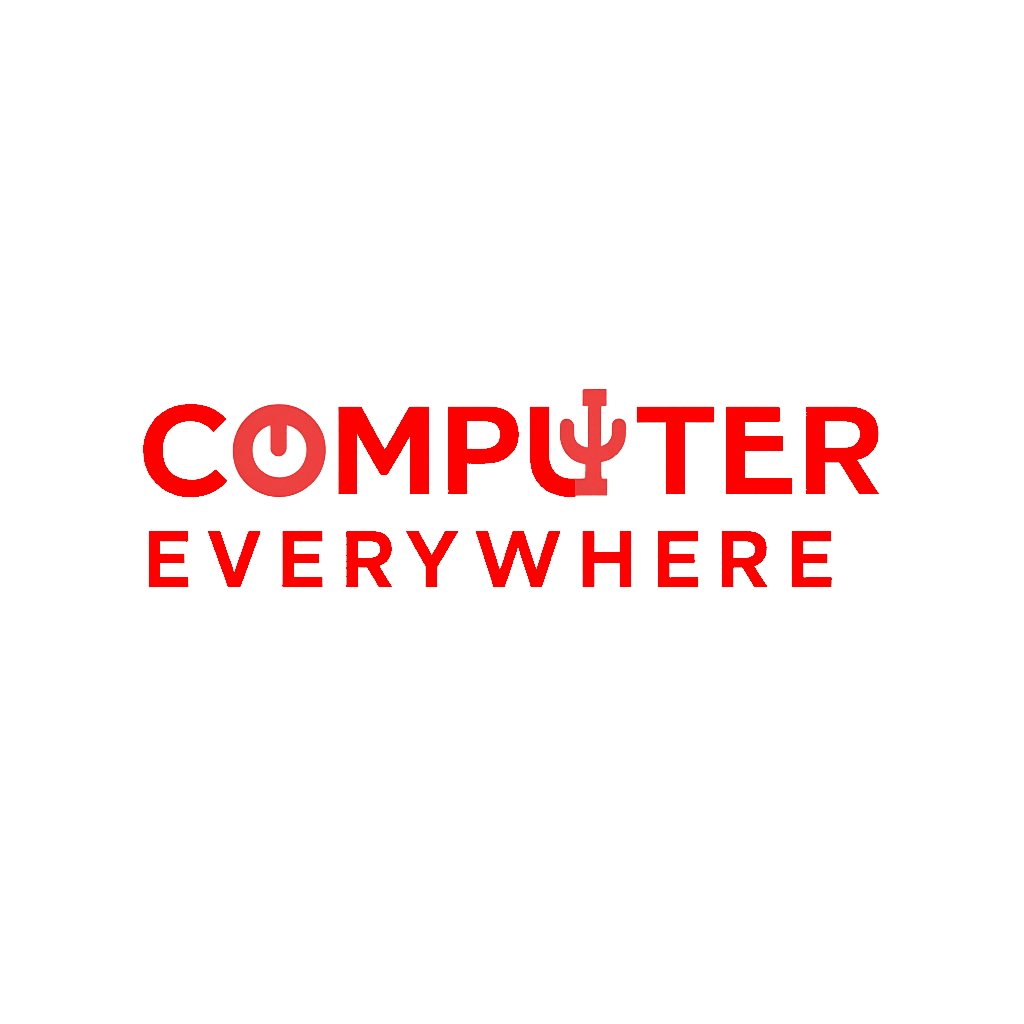Your cart is currently empty!
How to Install latest Siduction Linux on VirtualBox
Siduction is a fast-moving, rolling-release Linux distribution based on Debian Unstable. If you’re a Linux enthusiast who wants bleeding-edge software with the power of apt and a strong community behind it, Siduction is worth a look. Here’s how to get it running inside VirtualBox.
What You’ll Need
- VirtualBox installed (latest version recommended)
- Siduction ISO (download from siduction.org)
- At least 2 GB RAM and 15 GB disk space allocated for the VM
Step-by-Step Installation Guide
1. Download the Siduction ISO
Go to the official Siduction download page and grab the latest ISO. You’ll typically see several versions with different desktop environments—choose the one you prefer (e.g., KDE, Xfce, LXQt).
2. Create a New Virtual Machine
Open VirtualBox and click “New”. Enter the following:
- Name: Siduction
- Type: Linux
- Version: Debian (64-bit)
Click Next.
3. Allocate Memory
Give the VM at least 2048 MB (2 GB) of RAM. More is better, especially if you choose KDE.
4. Create a Virtual Hard Disk
Choose Create a virtual hard disk now, then:
- VDI (VirtualBox Disk Image)
- Dynamically allocated
- Size: At least 15 GB, 20+ is better
Click Create.
5. Mount the Siduction ISO
Go to Settings > Storage:
- Under “Controller: IDE”, click the empty disc icon.
- On the right, click the disc icon again and choose “Choose a disk file”.
- Select the Siduction ISO you downloaded.
6. Boot the VM and Start Installer
Start the VM. It will boot into the Siduction live environment.
Once you’re in, launch the Calamares Installer from the desktop or application menu.
7. Follow the Installer Steps
The installer will walk you through:
- Language and location
- Keyboard layout
- Partitioning (use the automatic option unless you know what you’re doing)
- Username and password
- Bootloader setup
Click Install and let it run. It usually finishes within 10–15 minutes.
8. Remove ISO and Reboot
After installation:
- Shut down the VM.
- Go to Settings > Storage and remove the ISO from the virtual drive.
- Boot again — you should now enter your Siduction desktop.
Post-Install Tips
- Update your system:
Open a terminal and run:sudo apt update && sudo apt full-upgrade - Install Guest Additions for better performance and screen scaling. In VirtualBox, go to Devices > Insert Guest Additions CD image and follow the instructions.
Final Thoughts
Siduction isn’t for Linux beginners, but it’s a powerful option for users who want to stay close to the cutting edge of Debian. Running it in VirtualBox is a great way to test it without touching your main system.
Have questions or hit a snag during install? Drop them in the comments—I’ll help if I can.

Tech enthusiast and content creator passionate about making technology simple for everyone. I share practical tips, guides, and reviews on the latest in computers, software, and gadgets. Let’s explore the digital world together!

